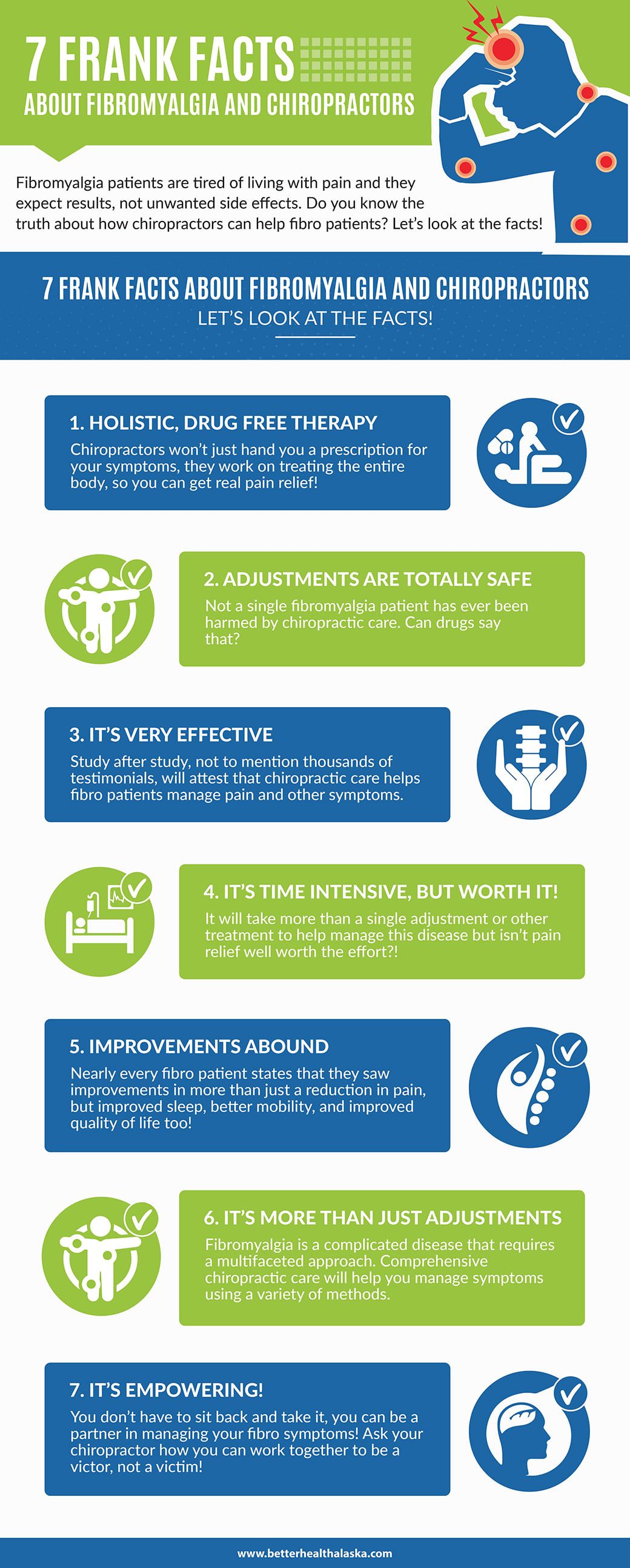Simply When You Think Relief Is Near, Soft Tissue Therapy Exposes Its Awkward Truths-- Uncover Why The Procedure Can Be Unpleasant Yet Beneficial
Simply When You Think Relief Is Near, Soft Tissue Therapy Exposes Its Awkward Truths-- Uncover Why The Procedure Can Be Unpleasant Yet Beneficial
Blog Article
Content Writer-Vazquez Conradsen
When you go through soft Tissue therapy, you may discover it surprisingly unpleasant. This pain emerges as stress is related to tense muscles and damaged tissues, causing your discomfort receptors. While it can feel traumatic in the moment, there's a factor behind this sensation. Recognizing what takes is rice outdated in your body during these treatments can assist you value the process. So, exactly what is taking place under the surface area?
The Physiology of Discomfort Throughout Soft Tissue Treatment
When you undergo soft Tissue therapy, your body's feedback to pain is a complicated interplay of physical procedures. As the specialist uses stress, your body turns on discomfort receptors, sending signals to your mind. This sets off the release of natural chemicals, such as compound P and glutamate, which magnify the feeling of discomfort.
Your muscles might additionally tense up in action, more complicating the experience. In addition, your body might release endorphins, all-natural pain relievers that can help reduce some pain.
The interaction between these processes can create an unique experience for each and every person. Understanding this physical feedback assists you browse the experiences throughout treatment, enabling you to value the equilibrium in between discomfort and the capacity for healing advantages.
The Duty of Pain in the Recovery Process
Although pain during soft Tissue treatment can feel overwhelming, it plays a vital role in the recovery process. When https://www.google.com/maps/place/Return+to+Play+Institute,+LLC+(Miami)/@25.726017,-80.26406,17z/data=!3m1!4b1!4m6!3m5!1s0x88d9b7b4207e8303:0xb1493a6e0d5a272b!8m2!3d25.726017!4d-80.26406!16s%2Fg%2F11lf8185yp?hl=en&entry=ttu&g_ep=EgoyMDI0MTAwOS4wIKXMDSoASAFQAw%3D%3D experience discomfort, your body is signifying that it's functioning to fix damaged tissues. This reaction helps enhance blood circulation to the affected location, delivering important nutrients and oxygen needed for healing.
Furthermore, discomfort can promote the release of endorphins, your body's natural painkillers, developing a sense of alleviation post-treatment. Embracing this discomfort can aid you understand your body's limitations and motivate you to resolve underlying problems.
While it's uneasy now, this procedure is crucial for long-term recovery and boosted feature. Recognizing pain as an important part of healing can empower you to remain devoted to your therapy.
Tips for Handling Pain During and After Treatment
Handling discomfort throughout and after soft Tissue treatment can significantly improve your general experience and recuperation.
To start, connect openly with your specialist regarding your pain degrees; they can readjust strategies accordingly. Making use of deep breathing strategies can additionally assist you relax and alleviate discomfort.
Take into consideration applying ice to the treated area post-session to reduce swelling and numb pain. Remaining moisturized help in the recuperation process, so consume alcohol plenty of water.
Mild extending and light movement after treatment can advertise blood flow and ease stiffness. Finally, ensure you obtain sufficient remainder to permit your body to heal.
Executing these pointers can make your soft Tissue therapy a lot more manageable and satisfying.
Conclusion
To conclude, while soft Tissue therapy can be awkward, it's important to acknowledge that this pain plays an important role in your healing trip. By recognizing the physical feedbacks at play, you can approach the treatment with a much more favorable frame of mind. Bear in mind, the initial pain typically paves the way to relief as your body launches endorphins. Accept the process, and do not think twice to make use of the pointers for handling pain to improve your experience and recuperation.
